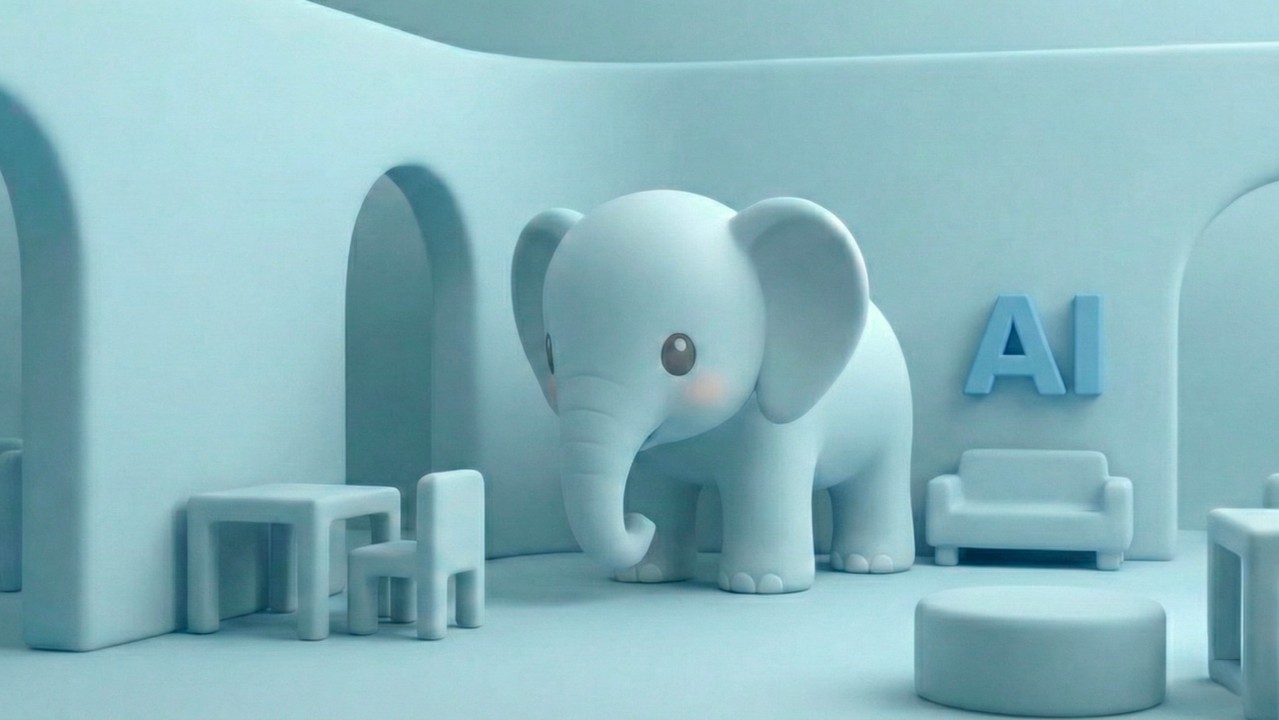Over the last few years I’ve learned a simple truth: a “powerful” AI model isn’t enough. You need the right ecosystem around it. The combination I see working best in organizations today is Knowledge Graph + LLM + Agentic AI.
The Knowledge Graph is your organization’s map: people, projects, customers, documents—and the relationships between them.
The LLM (large language model) understands people’s questions and clearly explains what it finds.
Agentic AI turns answers into actions: opens a task, drafts an email, updates a document, notifies the right owners.
Outcome: faster work, fewer errors, and controlled costs.
The starting problem (we all have it)
Information exists—but it’s scattered across Drive/SharePoint, CRMs, tickets, chats, wikis, and email. With keyword search alone we waste time deciding what’s relevant, and we’re often unsure we’re looking at the latest version.
What’s missing is a system of context: a way to connect people, content, and activities according to how we actually work.
What a Knowledge Graph does in practice
Think of it as a living map of work:
It links who does what, with whom, and why (objectives, customers, SLAs, deadlines).
It updates itself: when you edit a file or close a ticket, the map stays in sync.
It respects permissions: everyone sees only what they are allowed to see.
This map lets AI start from the right context, instead of searching in the void.
A graph that learns from reality (Company Graph + Personal Graph)
A Knowledge Graph isn’t just handcrafted: it can be trained on operational reality using a Machine Learning engine that watches day-to-day signals (updated files, closed tickets, meetings, emails, commits) and:
recognizes entities and relationships (customer ↔ contract ↔ SLA ↔ ticket),
normalizes names and resolves duplicates (ACME vs. Acme Inc.),
updates links over time (new owners, priorities, states),
labels context (involved teams, impacted objectives, due dates).
In short, the graph stays alive through a continuous extract → verify → update cycle—always respecting permissions.
Within this system, multiple connected graphs coexist:
Company Graph
The shared enterprise map: processes, customers, products, documents, policies, OKRs. Governed by roles, SSO, and audit—your single source of truth.Personal Graph
Each user’s contextual map: active projects, frequent collaborators, information preferences, calendar, “hot” documents. It grants no new rights—it uses existing permissions to filter and rank relevance.
The two graphs work together: the Company Graph ensures coherence and security, the Personal Graph provides relevance and priority for the person asking. When patterns emerge (e.g., a customer repeatedly affected by the same issue), the AI can suggest new links or summary nodes to validate—improving the graph without burdening teams.
Why it truly accelerates
When someone asks, “What are the SLA risks for ACME this month?”, the AI doesn’t scan everything; it follows the most logical path on the map:
Customer → Contract → SLA → Open tickets → Fix plan → Internal owners.
In practice, the LLM:
reads a few focused items (the right ones),
returns a clear answer with sources,
proposes next actions (open a task, send a summary to the owner, update a due date).
Less time wasted, fewer back-and-forths, faster decisions.
Why it reduces errors
In business, precision and traceability matter. With the graph:
The AI doesn’t invent: it summarizes only what’s in the map and within the user’s access rights.
Every answer includes references (docs, tickets, policies) so readers can verify instantly.
Permissions are by design: sensitive information remains protected.
Practical effect: fewer hallucinations and misunderstandings, and quicker validation.
Why it costs less (even with more AI)
AI cost isn’t just about the model’s price—it’s about how much we make it read and write. The graph acts as an intelligent filter:
The LLM sees only what’s necessary, consuming fewer resources.
Verified, recurring answers are reused (no need to regenerate every time).
Numeric or structured parts are delegated to small tools (e.g., “calculate SLA penalties”) that are precise and inexpensive.
Result: stable performance and predictable spend.
From answers to action: agents
The difference is simple: an assistant answers; an agent acts.
Quick examples:
Sales: the agent pulls CRM data, meeting notes, and product sheets to prepare a client brief with risks/opportunities and next steps in seconds.
Support/IT: it links tickets, knowledge base, and changelog to propose the most likely fix, with evidence.
Engineering/PM: it cross-references commits, issues, docs, and calendars to update OKR status based on real activity.
This frees teams from reactive work and makes misaligned activity visible.
Final message
The Knowledge Graph provides context, security, and traceability.
The LLM makes it understandable and usable.
Agentic AI turns knowledge into action.
The real transformation isn’t “more AI,” but AI anchored in your organizational knowledge: less noise, better decisions, and more time for what truly matters.



